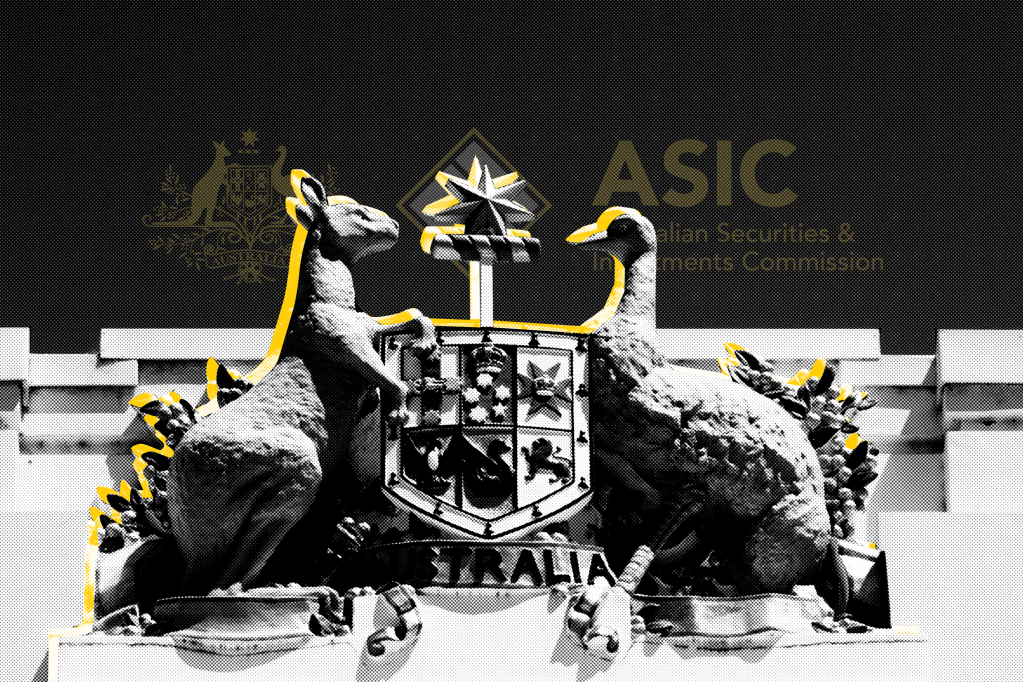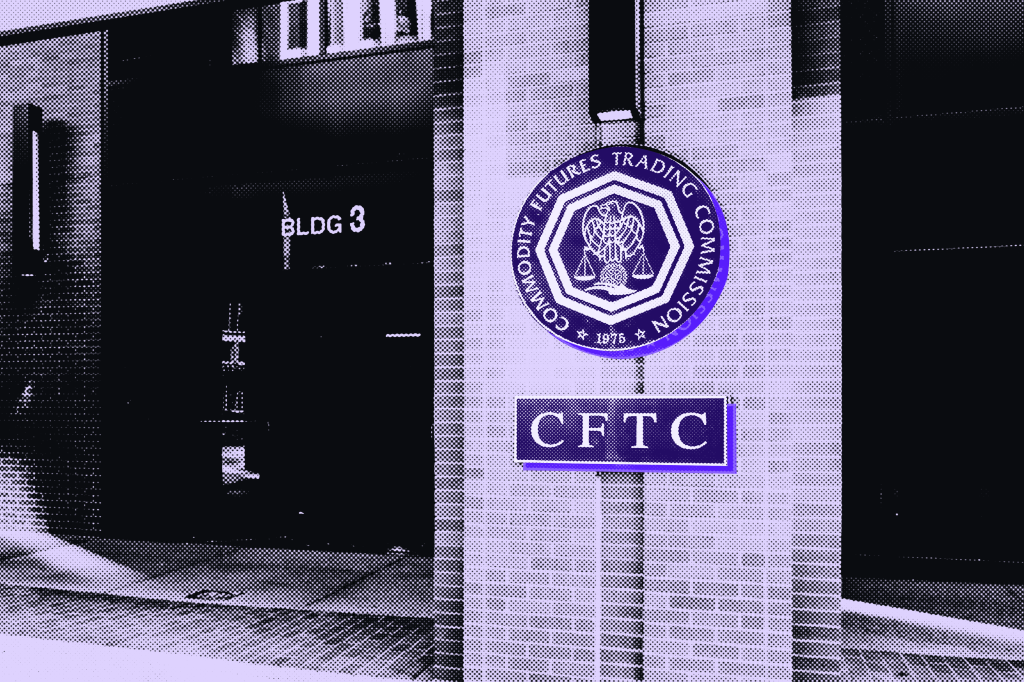When a group of retail traders on the social network website Reddit created a trading frenzy in shares issued by US videogame retailer Gamestop, the ensuing volatility – which saw some retail brokers suspend trading in the shares – reignited a debate about the time it takes for trades to settle.
In
Register for free to keep reading.
To continue reading this article and unlock full access to GRIP, register now. You’ll enjoy free access to all content until our subscription service launches in early 2026.
- Unlimited access to industry insights
- Stay on top of key rules and regulatory changes with our Rules Navigator
- Ad-free experience with no distractions
- Regular podcasts from trusted external experts
- Fresh compliance and regulatory content every day
















